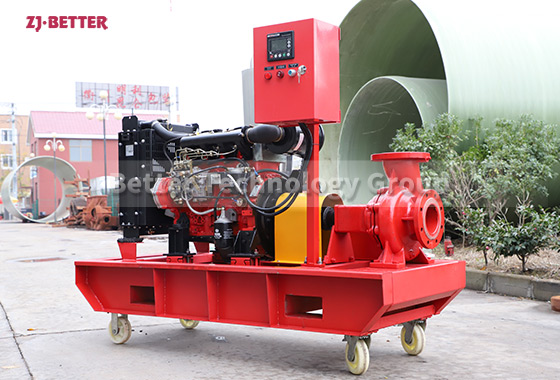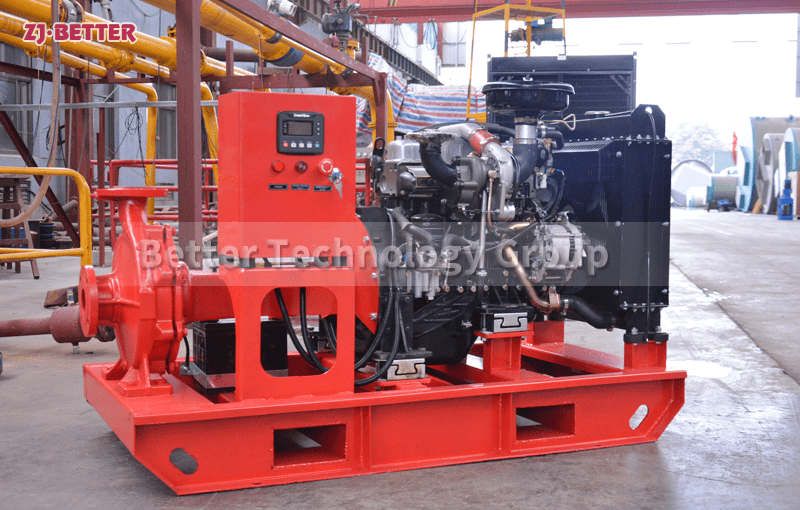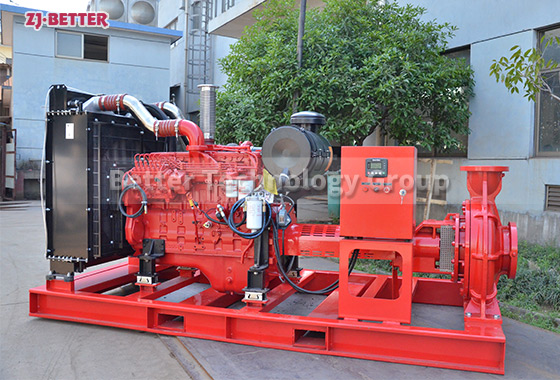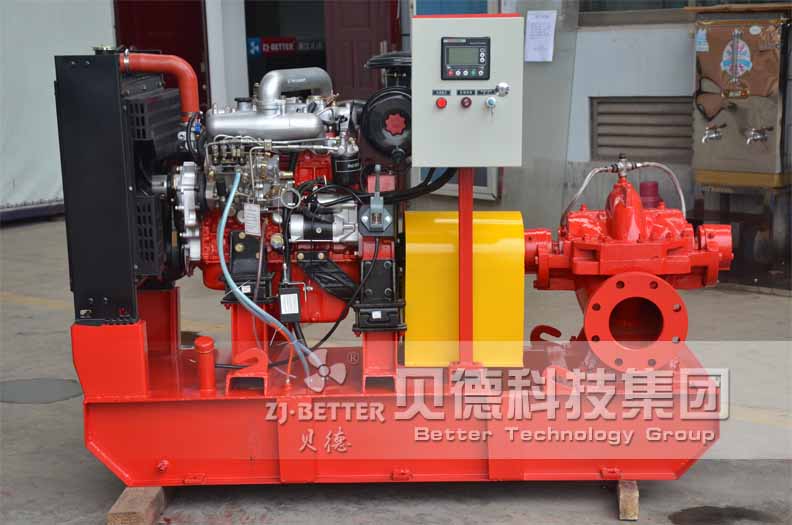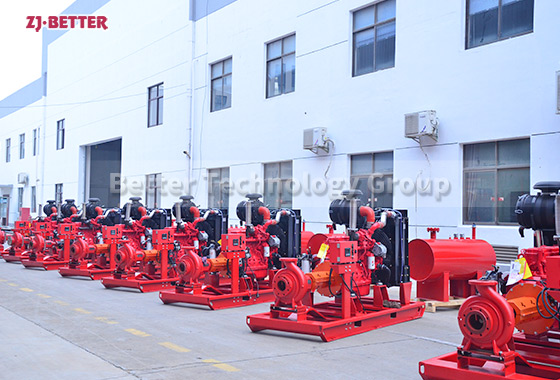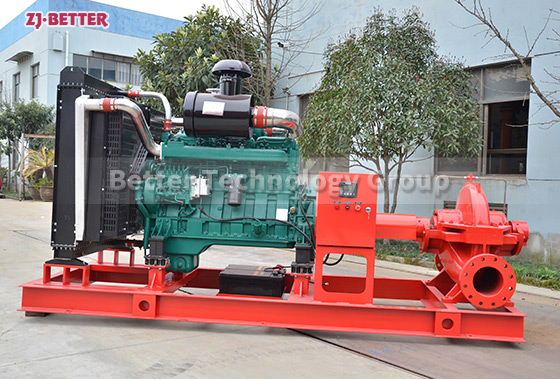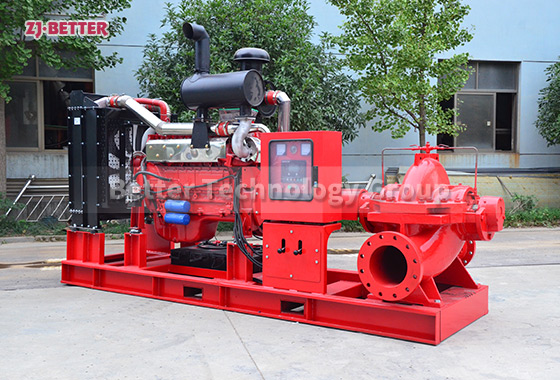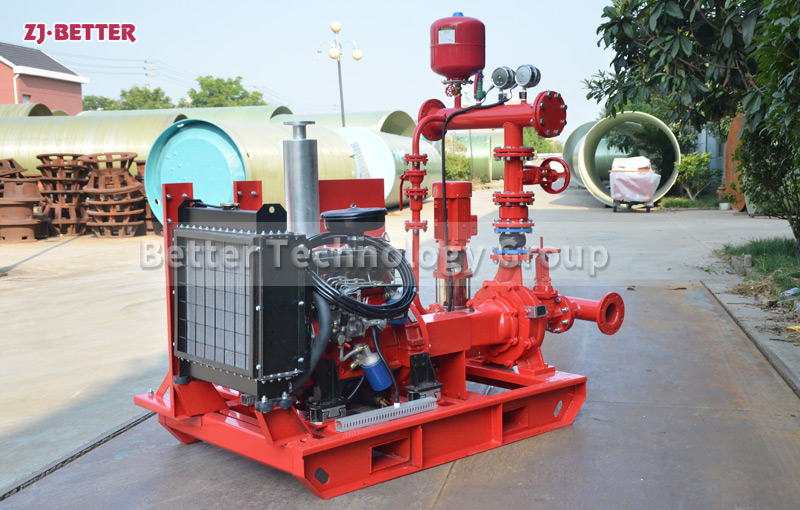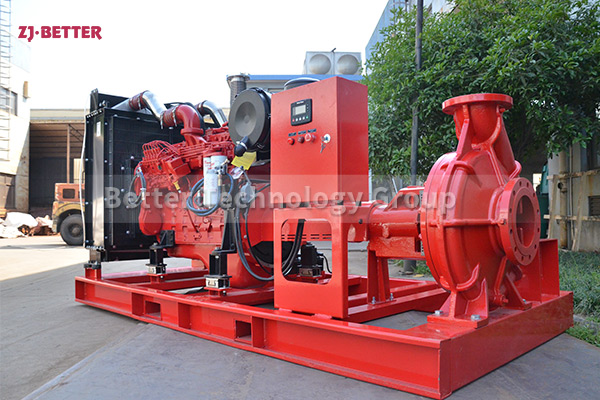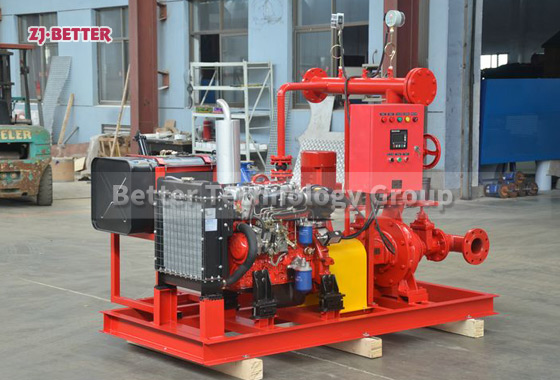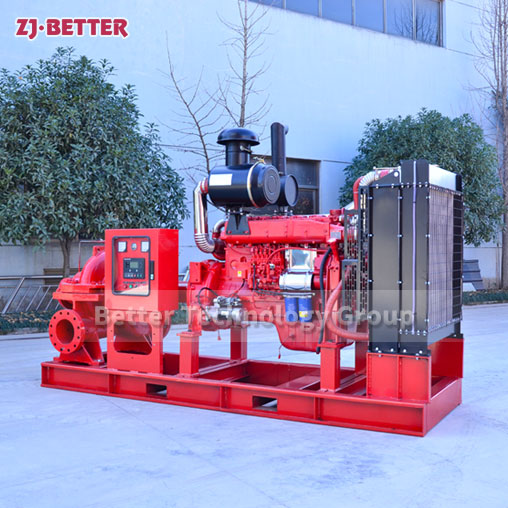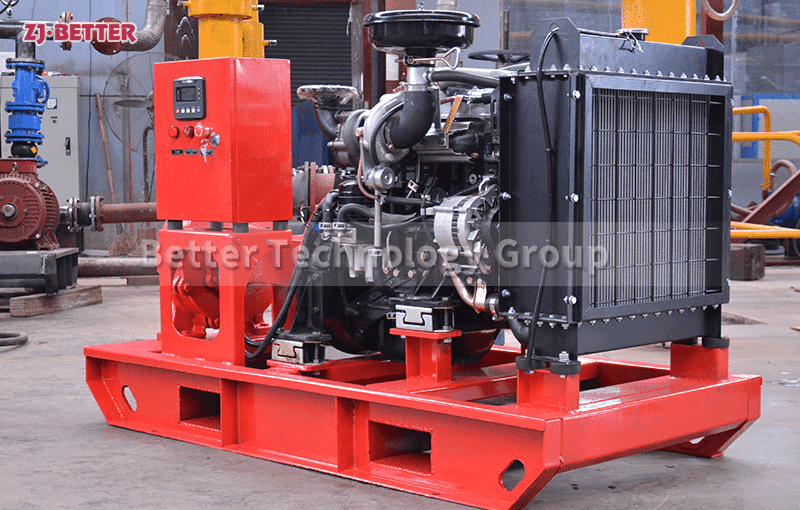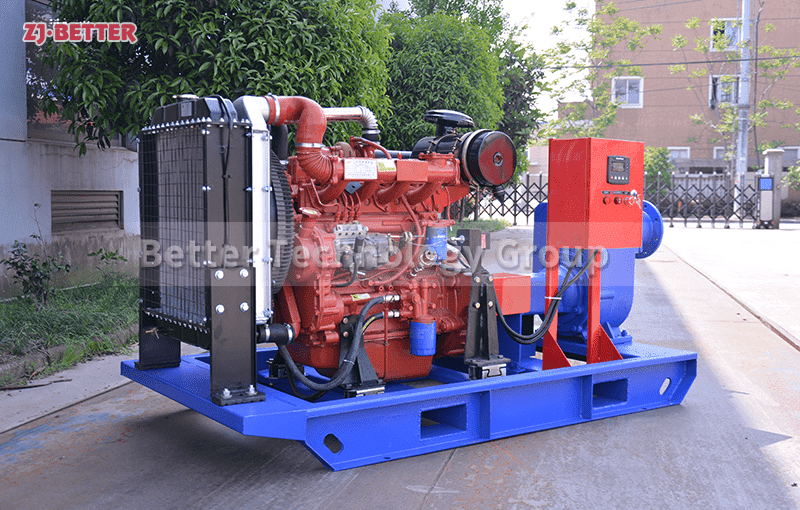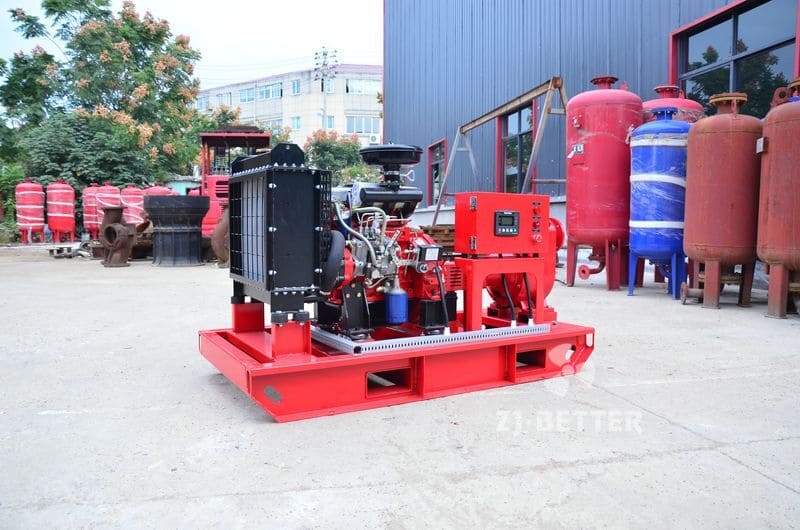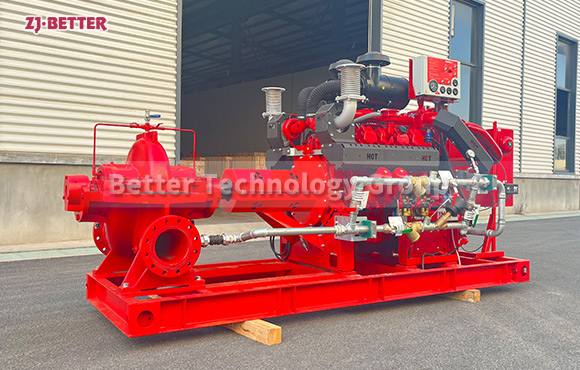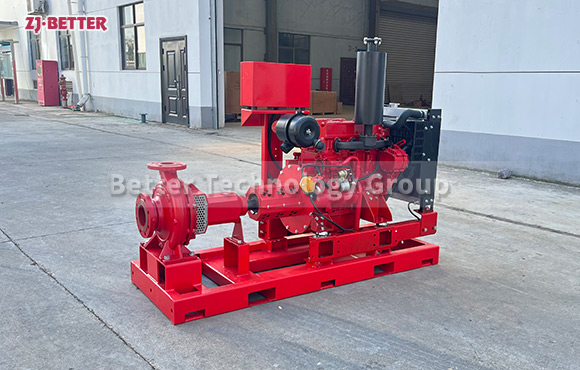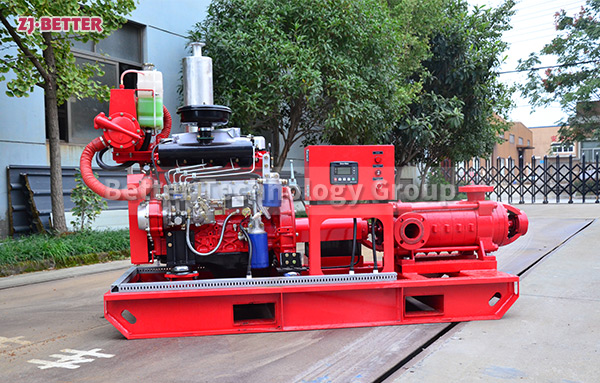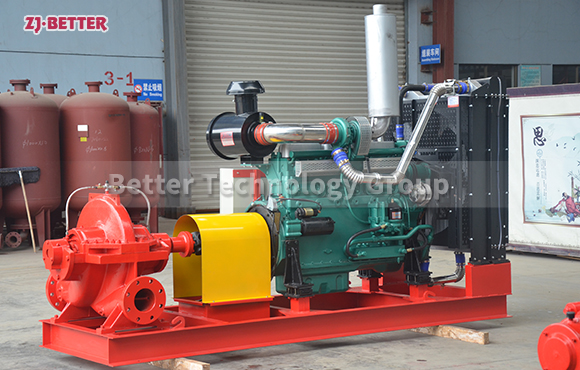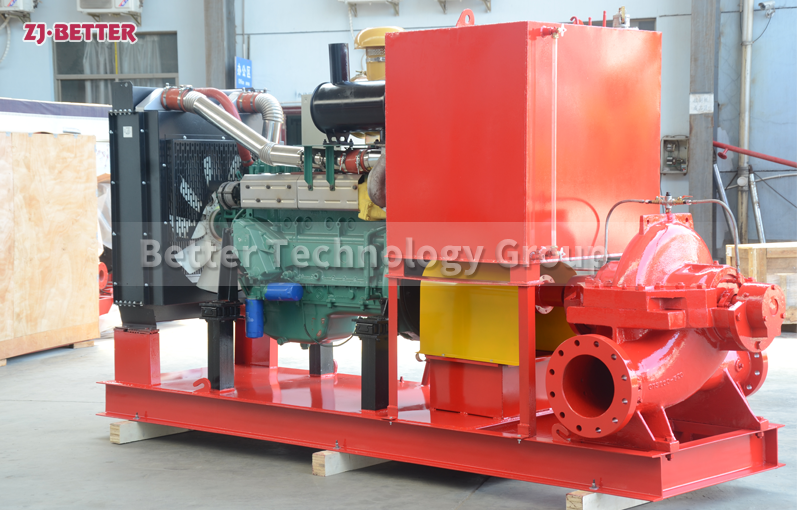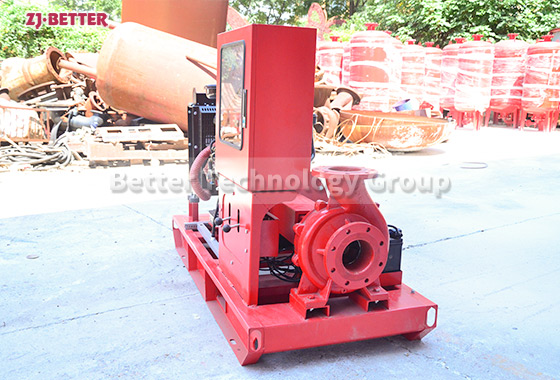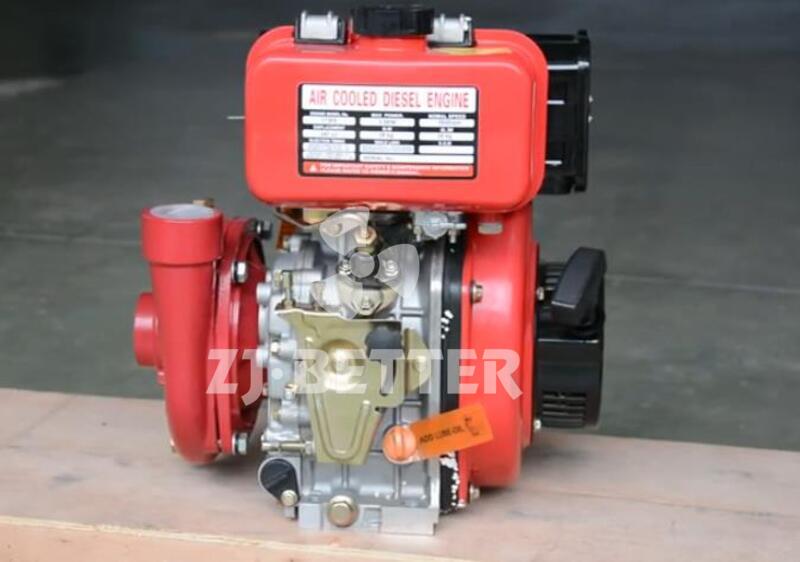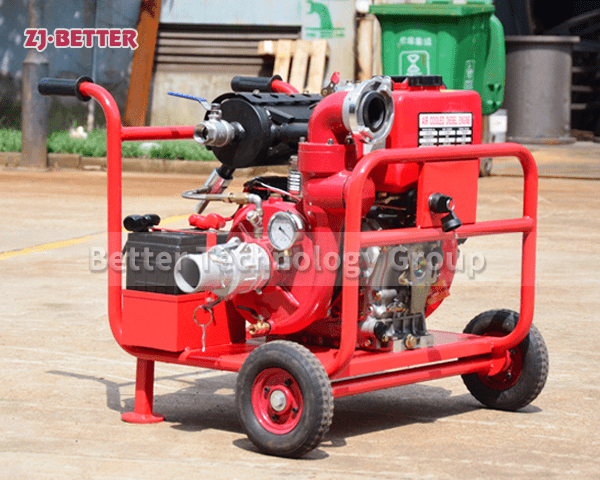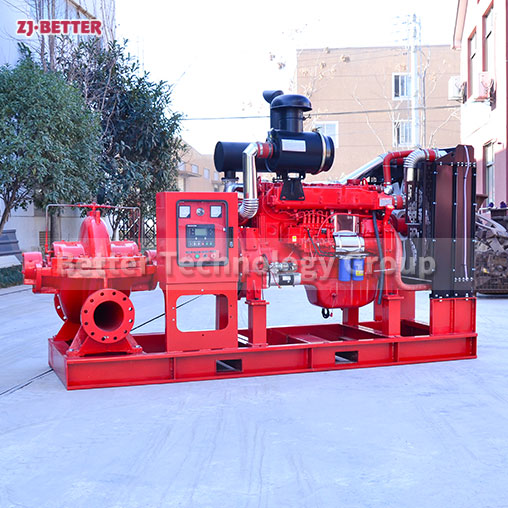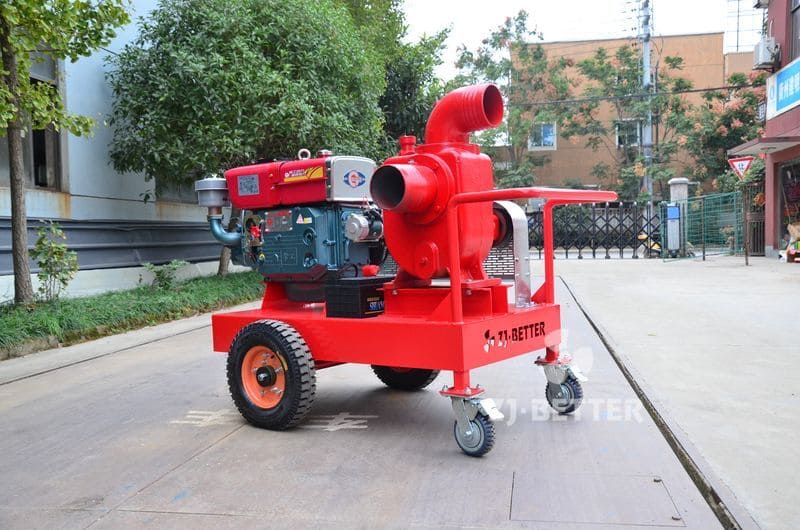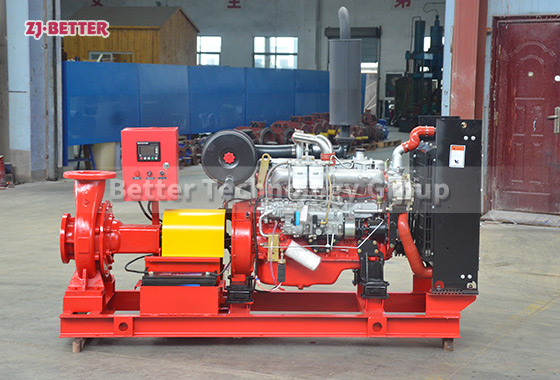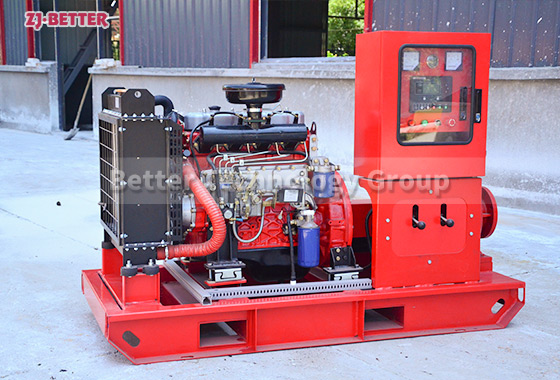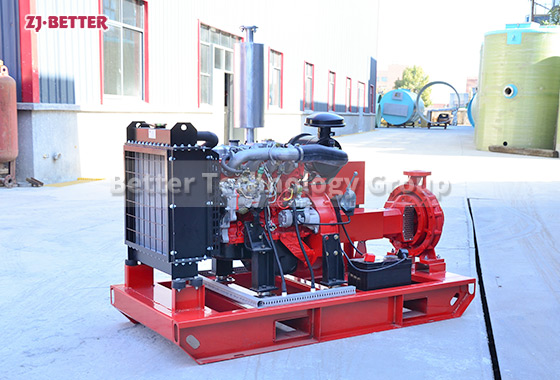XBC-IS Diesel Engine Fire Pump with Wheels: An Ideal Choice for Efficient Fire Suppression
The XBC-IS diesel engine fire pump with wheels is an efficient and reliable firefighting equipment that offers powerful pumping capabilities, stable performance, and convenient mobility. This fire pump can quickly draw water and provide the required water pressure and flow for firefighting operations, effectively combating fires of various scales. Its stable performance ensures continuous operation during prolonged usage, providing a dependable fire suppression solution for disaster situations. Equipped with sturdy and durable wheels, the XBC-IS diesel engine fire pump with wheels excels in mobility, allowing flexible movement across different terrains and environmental conditions, making it an ideal emergency fire suppression equipment.
The XBC-IS Diesel Fire Pump Set offers several key advantages:
- Automatic Startup: The diesel engine pump set can automatically start and operate at full load within 15 seconds upon receiving signals such as fire alarms, network pressure changes, power outages, or other startup triggers.
- Automatic Charging: The battery can be charged automatically using either mains power or the diesel engine’s charging generator, ensuring smooth startup of the pump set.
- Automatic Alarm System: The pump set features automatic alarm protection for low oil pressure, high water temperature, and over speed conditions, providing timely alerts and shutting down when necessary.
- Automatic Preheating: The preheating function keeps the diesel engine in standby mode, ready for emergency operations at any time.
- Direct Coupling Design: For diesel engine pump sets up to 360kW, the innovative direct coupling technology connects the diesel engine and water pump directly with an elastic coupling joint. This design minimizes potential points of failure, significantly shortens the startup time, and enhances the reliability and emergency performance of the pump set.

